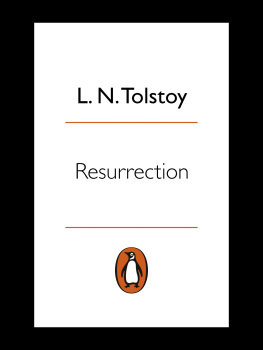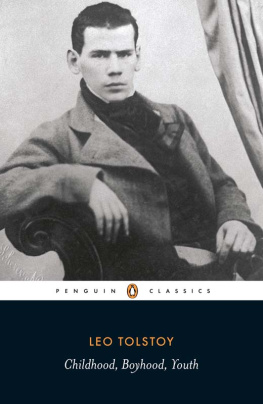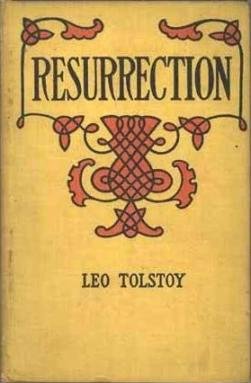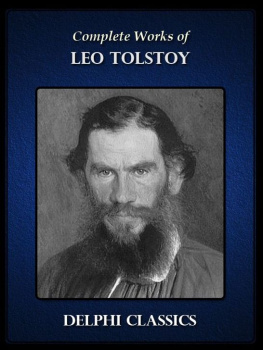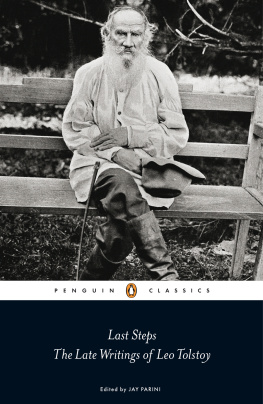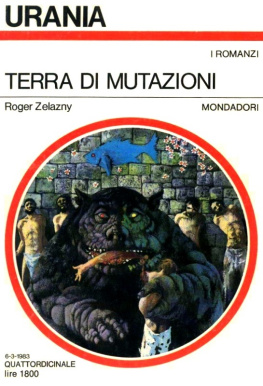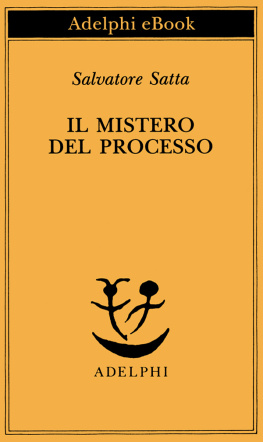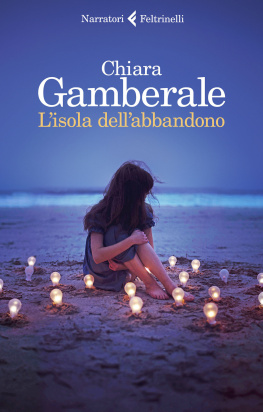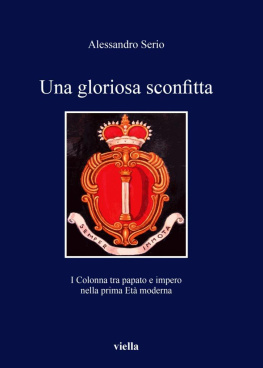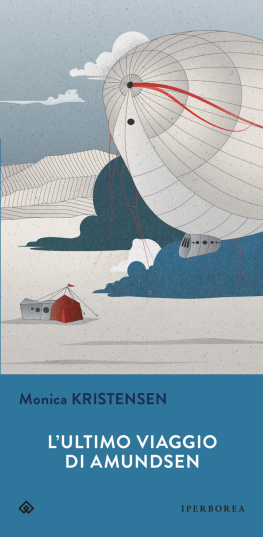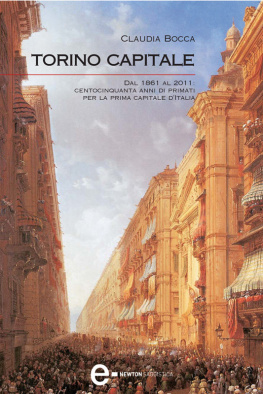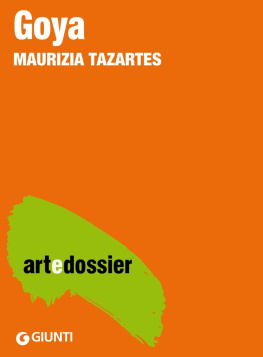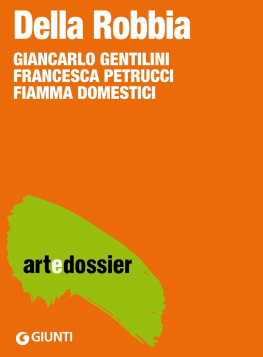PENGUIN CLASSICS
RESURRECTION
Count Leo Nikolayevich Tolstoy was born in 1828 at Yasnaya Polyana in the Tula province, and educated privately. He studied Oriental languages and law at the University of Kazan, then led a life of pleasure until 1851 when he joined an artillery regiment in the Caucasus. He took part in the Crimean War and after the defence of Sevastopol he wrote The Sevastopol Stories (18556), which established his reputation. After a period in St Petersburg and abroad, where he studied educational methods for use in his school for peasant children in Yasnaya, he married Sophie Andreyevna Behrs in 1862. The next fifteen years was a period of great happiness; they had thirteen children, and Tolstoy managed his vast estates in the Volga Steppes, continued his educational projects, cared for his peasants and wrote War and Peace (186568) and Anna Karenin (187476). A Confession (187982) marked an outward change in his life and works; he became an extreme rationalist, and in a series of pamphlets after 1880 he expressed theories such as rejection of the state and church, indictment of the demands of the flesh, and denunciation of private property. His teaching earned him numerous followers in Russia and abroad, but also much opposition, and in 1901 he was excommunicated by the Russian holy synod. He died in 1910 in the course of a dramatic flight from home, at the small railway station of Astapovo.
Rosemary Edmonds was born in London and studied English, Russian, French, Italian and Old Church Slavonic at universities in England, France and Italy. During the war she was translator to General de Gaulle at Fighting France Headquarters in London and, after the liberation, in Paris. She went on to study Russian Orthodox Spirituality, and translated Archimandrite Sophronys The Undistorted Image (since published in two volumes as The Monk of Mount Athos and The Wisdom from Mount Athos), His Life Is Mine, We Shall See Him As He Is, Saint Silovan the Athonite and other works. She also researched and translated Old Church Slavonic texts. Among the many translations she made for Penguin Classics are Tolstoys War and Peace, Anna Karenin, Resurrection, The Death of Ivan Ilyich/The Cossacks/Happy Ever After and Childhood, Boyhood, Youth; Pushkins The Queen of Spades and Other Stories; and Turgenevs Fathers and Sons. She also translated works by Gogol and Leskov.
Rosemary Edmonds died in 1998, aged 92.
Introduction
I should like to live long, very long; and the thought of death fills me with a childlike, poetic alarm.
So wrote Tolstoy in his youth. But when he was verging on the age of fifty and, like Job before the time of testing, had nothing left to wish for, the poetic alarm turned all at once to panic fear as he stared into the black void the gouffre which Pascal called the eternal framework of our transitory existence. Life stood still and grew sinister is how he formulated the onslaught of his spiritual crisis.
The next three decades were devoted to a Titanic struggle for truth. This anguished search for a meaning that death would not destroy, estranged him from his wife, and made him indifferent to his children and his friends and no longer interested in the universe of his novels that had brought him wealth and fame. Suddenly he yearned for an art which would awaken higher and better feelings; and ceased to be satisfied with describing the futilities of life to amuse idle readers, which was what he considered he had done in War and Peace and Anna Karenina. Art must not be an end in itself but have an overriding ethical purpose. And so Tolstoy the artist became subservient to Tolstoy the preacher and prophet.
Tolstoy chose Resist not evil as the text for his message to mankind, and proceeded to repudiate the State and withdraw from the Church. The next twenty years were dedicated entirely to polemic writing on religious, social and educational themes (which the authorities vainly tried to suppress), until, as an old man of seventy-one, the plight of the Doukhobors moved him to look through his portfolio of unfinished literary works and complete something in aid of the Doukhobor Fund.
The Doukhobors was the name given to a fundamentalist peasant sect whose precepts had much in common with Tolstoys own teaching. Numbering between fifteen and sixteen thousand, they preached chastity, teetotalism, vegetarianism, the sharing of all goods and property and, above all, non-resistance to evil by force. Etymologically, the word signifies spirit-fighters, being originally intended by the Orthodox clergy to imply that the Doukhobors fought against the Spirit of God; but the Doukhobors themselves accepted the term as denoting that they fought not against but for and with the Spirit. The community was first heard of in the middle of the eighteenth century. Their doctrine became so clearly defined, and the number of their adherents increased so steadily, that by 1891 the Russian Government and the Church were seriously alarmed and started an energetic campaign to suppress the sect, whose refusal to have any part in military service was regarded as open rebellion. Hundreds died in the persecutions that followed, and some four thousand were scattered in remote mountain villages in the Caucasus, where they fell victim to hunger and disease. Tolstoy was deeply shocked, identified himself with the agitation in their favour and sent an article, The Persecution of Christians in Russia in 1895 (the year he came in contact with them personally), to the London Times. As a result, the Society of Friends in England petitioned Emperor Nicholas II for permission for the Doukhobors to leave Russia. By 1898 this request to migrate abroad was granted, provided the sect agreed never to return and the Government was not called upon to finance their departure. A first party sailed for Cyprus, which was originally chosen for their settlement because at that time funds were not sufficient for transferring them to any other British territory. But as contributions swelled it was found possible to send a number of Doukhobor emigrants to Canada, where they were offered asylum and hospitality, and where they were joined early in 1899 by the party from Cyprus.
If it had not been for the Doukhobors and the necessity to raise money for their mass exodus Tolstoy might never have finished Resurrection, the idea for which had been suggested to him ten years previously by a report confided to him of a nobleman serving on a jury and recognizing the prostitute on trial for theft as a girl he had seduced when he was a young man.
Tolstoy was soon so absorbed in his first full-length novel for over twenty years (Anna Karenina had appeared in 1877) that distractions of any kind were almost painful. Since War and Peace, he told his wife, he had never been so powerfully gripped by the creative urge. Resurrection was the last of his great novels, and no contemporary literary work was so eagerly awaited, in Russia or abroad. It was at once translated into many languages and the proceeds handed over to the Friends Doukhobor Committee. But in October 1901 the clerk of the Committee, John Bellows, declared that the Society of Friends ought not to have accepted money coming from a smutty book. It arouses lust, he wrote, and after a careful thinking it over I must refund the money out of my own pocket, rather than let it remain as it is.

